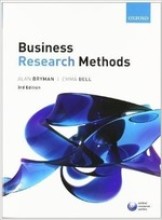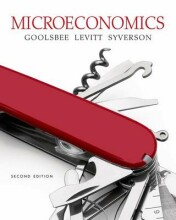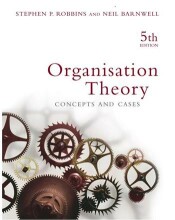Formulating Strategy
23 important questions on Formulating Strategy
Apart from the SWOT analysis, what other confrontation analysis measures are there?
2. Boston consulting group matrix
What are the steps of a SWOT analysis?
2. Find connections to see if the positives can be used to overcome the negatives
3. Identify extent to which strengths can be taken advantage of and how the threats can be minimized through it
What are the 3 broad ranges of strategic options?
2. Selling the company
3. Strategic change
- Higher grades + faster learning
- Never study anything twice
- 100% sure, 100% understanding
What is gap analysis?
What 3 lines does the gap analysis form?
2. Extrapolation that is based on worst-cased-scenario, calculated as if all threats came true
3. The position mapping of where the company wants to be on a certain point in time, based on strategic objectives
When is selling the company the best strategic option?
When is changing the current strategy the best strategic option?
What 2 choices need to be made when formulating a new strategy?
2. Formulating strategy that is in par with all the elements of strategy as stated by Colis and Rukstad, deals with the design school
From what 2 fundamental types of competitive advantage are the 3 generic strategies derived? And what 2 types of market scope?
2. Premium costs
1. Narrow scope
2. Broad scope
What are the characteristics of the cost leadership generic strategy?
2. Usually for a quite standard product/service
3. Minimum level of satisfaction is achieved on limited set of attributes that customer perceives as relevant, also at low cost
4. Continuous cost reduction and focus on efficiency for cost advantage
5. High chance of success in industries where scale and scope advantages are achievable and sustainable.
What are the characteristics of the differentiation generic strategy?
2. By adding features to product that add surplus value, firm is able to charge premium prices
3. Premium prices cannot be related to just physical attributes
4. Established by brand reputation and image
5. Must be accompanied with persuasive marketing information to convince customer of high value of the product
6. High chance of success in markets where broad range of customer needs can be identified
What are the characteristics of the focus generic strategy?
2. Using cost leadership or differentiation in a very narrow market scope (niche market)
3. Emphasis on satisfying particular needs of customers
4. Requires full understanding of the niche market and the buyer behaviour of the target customers
What is industry analysis?
What does a good strategy statement contain according to Collis and Rukstad?
2. Scope - indicates where company is competing, describes which specific market segment or product-market they aim to serve
3. Competitive advantage - explains why a firm is better/different from competing firms
Which 2 elements of competitive advantage complement each other?
How are value proposition and the generic strategy of cost leadership linked?
How are value proposition and the generic strategy of differentiation linked?
What do generic strategy and formulation of strategy statements describe?
2. How it wishes to compete
3. Where it wishes to compete
What are the most common strategic moves?
2. Horizontal integration - 2/more firms integrate to combine resources, make skills available and gain access to important distribution channels and gain market share quickly
3. Backward integration/vertical integration - firm becomes its own supplier, happens through merger/acquisition of existing supplier, and gives firm in question more control
4. Forward integration - integration with player later in supply chain, allows for more control over distribution
5. Strategic alliance - cooperative agreement between 2 companies to achieve common goal.
What 3 categories do Johnson and Scholes distinguish strategies in?
2. Feasibility - whether the strategy can be implemented, and if enough resources are available
3. Acceptability - overseeing consequences of strategy, looks at risks with strategy and reactions from stakeholders
What are the 4 matrix possibilities of the strengths and weaknesses matrix?
2. O + W = correct weaknesses to exploit opportunities
3. T + S = use strengths to combat threats
4. T + W = correct weaknesses to combat threats
How does cost-leadership protect from the 5 forces?
2. Buyer power - customers will come back to your company due to low prices
3. Supplier power - even if suppliers threaten to raise prices, this will affect competitors more as cost leader has biggest margins and can therefore take biggest loss in theory
4. Threat of new entrants - likely reason for your low costs is scale economy, which is hard to enter as a new one
5. Threat of substitutes - as cost leader you are best positioned to match this tradeoff
How does the differentiation protect against the 5 forces?
2. Buyer power - might enhance switching costs, which reduces buyer power for your product
3. Supplier power - differentiation allows you to ask higher prices and therefore have higher margin, which makes the hit from supplier price raises less.
4. Threat of new entrants - more loyalty because of differentiation, leads to barrier for entrants
5. Threat of substitutes - differentiated product might imply switching costs.
The question on the page originate from the summary of the following study material:
- A unique study and practice tool
- Never study anything twice again
- Get the grades you hope for
- 100% sure, 100% understanding
































